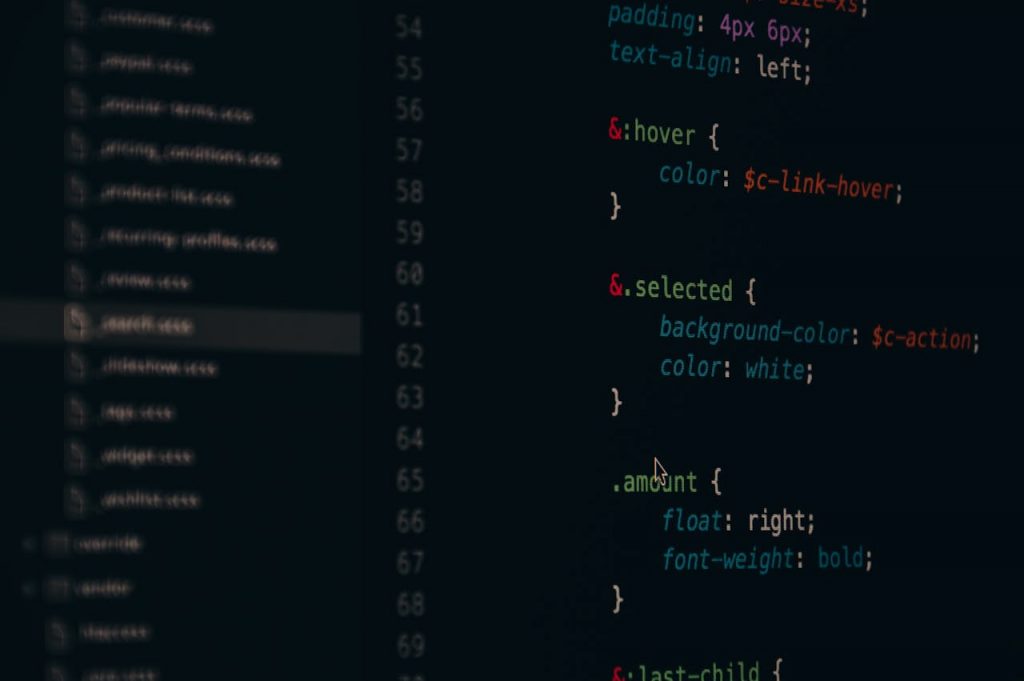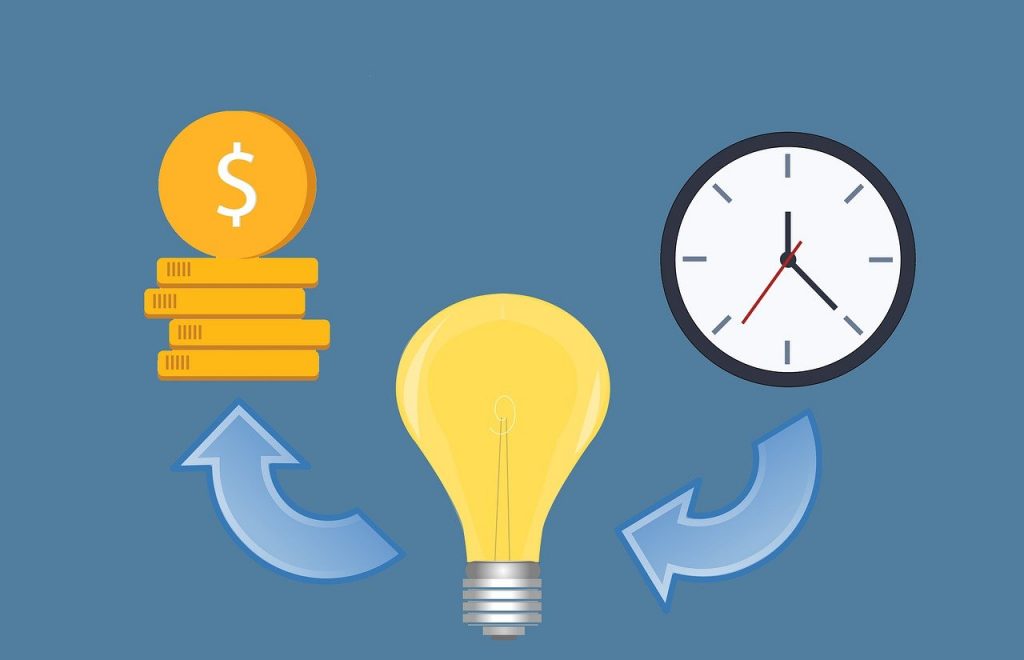In today’s fast-paced world, artificial intelligence (AI) is becoming a part of our daily lives, from the chatbots we interact with to the recommendations we receive online. But have you ever wondered how these complex systems can adapt so quickly to different tasks? Enter Low-Rank Adaptation, or LoRA AI for short—a game-changing technique that makes it easier for AI models to fit new situations without starting from scratch.
Imagine you’ve just moved to a new country, and all your appliances don’t fit the local outlets. You could replace all the outlets in your home, which would be time-consuming and expensive. Alternatively, you could simply buy a few inexpensive adapters to make everything work seamlessly. LoRA AI is like those handy adapters for machine learning models. Instead of retraining a massive model with trillions of parameters, LoRA adds lightweight components that allow the model to adjust quickly and efficiently.
In this article, we’ll explore what LoRA AI is, how it works, and why it’s becoming essential for developers and businesses alike. By understanding this innovative approach, you’ll see how it can help AI systems become more flexible and effective in meeting our ever-changing needs.
What is LoRA AI?

Low-Rank Adaptation, or LoRA AI, is a powerful technique designed to help machine learning models adapt quickly to new contexts. In an age where large and complex models, such as those used in advanced natural language processing (NLP) systems, dominate the landscape, the ability to fine-tune these models efficiently is crucial.
At its core, LoRA enables developers to enhance existing machine learning models without the need for extensive retraining. Traditional methods often require adjusting all parameters of a model, which can be both time-consuming and resource-intensive. Instead of overhauling the entire system, LoRA adds lightweight components—think of them as quick fixes—that allow the model to adjust to specific tasks or datasets.
To understand how LoRA functions, consider the analogy of moving to a new country with appliances that don’t fit local outlets. You have two options: you could replace all the outlets in your home (a costly and lengthy process), or you could simply buy a few inexpensive adapters. LoRA operates in much the same way.
When using LoRA, developers freeze the original model’s weights and parameters—essentially keeping everything as it is. On top of this frozen model, they introduce low-rank matrices, which are smaller and more efficient than traditional matrices used in machine learning. These low-rank matrices contain new weights that help adjust the model’s outputs to fit specific contexts without needing a complete retraining.
This approach not only saves time and resources but also maintains the accuracy and effectiveness of the original model. By leveraging LoRA AI, developers can expand the use cases for their machine learning models rapidly and efficiently, making it an invaluable tool in today’s AI-driven world.
Delving into the Mechanics of Low-Rank Adaptation

Low-Rank Adaptation (LoRA) revolutionizes how we fine-tune large machine learning models, making the process more efficient and less resource-intensive. To appreciate its significance, it’s essential to understand the technical underpinnings that enable LoRA to function effectively.
Machine Learning Models and Their Complexity
At the core of LoRA lies the concept of machine learning models, which integrate algorithms with datasets to identify patterns and generate predictions. These models can vary in size and complexity, with some containing billions of parameters. As these models scale up, the computational demands for fine-tuning them also increase exponentially. Traditional fine-tuning methods typically require adjusting all parameters across the model, a process that can be both costly and time-consuming. This extensive retraining often necessitates substantial computational resources, making it impractical for many applications.
The Role of Low-Rank Matrices
LoRA addresses these challenges by introducing low-rank matrices into the model architecture. Instead of modifying the entire set of parameters, LoRA freezes the original model weights—essentially locking in the foundational knowledge—and adds smaller, low-rank matrices that capture necessary adjustments for specific tasks. This innovative approach dramatically reduces the number of trainable parameters, enabling faster training times and lower memory usage.
The low-rank matrices function as “change matrices,” designed to track how the original weights should be adjusted for new contexts. Initially, these matrices are initialized to zero or small random values. During training, they are updated based on the calculated loss from input data—essentially measuring how far off the model’s predictions are from the actual outcomes. By applying matrix multiplication techniques, we can combine these change matrices to create a new matrix that reflects the desired modifications to the model’s weights.
This method not only streamlines the fine-tuning process but also preserves the integrity of the original model’s knowledge. By focusing on just a fraction of parameters, LoRA allows developers to adapt their models efficiently without losing valuable insights gained during initial training.
In summary, LoRA’s use of low-rank matrices represents a significant advancement in machine learning model adaptation. By minimizing computational demands while maximizing flexibility and efficiency, it empowers developers to tailor complex models to meet specific needs swiftly and effectively.
5 Advantages of Using LoRA AI

Low-Rank Adaptation (LoRA) offers a range of compelling advantages that make it a game-changer in the field of artificial intelligence. As organizations increasingly rely on large machine learning models, the ability to fine-tune these systems efficiently is crucial. Here are some of the key benefits of using LoRA AI:
- Computational Efficiency
One of the standout features of LoRA is its ability to significantly reduce computational costs. Traditional fine-tuning methods often require adjusting millions—or even billions—of parameters, which can be both time-consuming and resource-intensive. In contrast, LoRA focuses on a smaller subset of parameters by introducing low-rank matrices, allowing for faster training times and lower memory usage. This efficiency makes it feasible for developers working in resource-constrained environments, enabling them to achieve high-quality results without the need for extensive hardware investments.
- Faster Training Times
LoRA dramatically accelerates the fine-tuning process. By optimizing only a fraction of the model’s parameters, developers can iterate more quickly and adapt their models to new tasks in a fraction of the time it would take with full parameter tuning. For instance, some implementations have reported reductions in training time by up to 100 times compared to traditional methods. This speed not only enhances productivity but also allows for greater experimentation and innovation.
- Knowledge Preservation
Another significant advantage of LoRA is its ability to preserve the general knowledge embedded in pre-trained models. When fine-tuning a model from scratch, there’s a risk of losing valuable insights gained during initial training. LoRA mitigates this risk by freezing the original model’s weights while only adjusting the low-rank matrices. This means that developers can adapt their models for specific tasks without sacrificing the foundational knowledge that makes these models powerful.
- Reduced Catastrophic Forgetting
In machine learning, catastrophic forgetting refers to the phenomenon where a model forgets previously learned information when trained on new data. LoRA helps reduce this issue by allowing models to adapt without overwriting their existing knowledge base. By fine-tuning only specific components, LoRA minimizes the chances of losing valuable insights while still enabling effective adaptation to new contexts.
- Scalability Across Multiple Tasks
LoRA enables organizations to deploy a single foundation model across various tasks with ease. Since each task-specific adaptation requires only a small set of low-rank matrices, adding new functionalities becomes straightforward and resource-efficient. This scalability is particularly beneficial for businesses looking to expand their AI capabilities without incurring significant additional costs or complexity.
5 Limitations of LoRA AI

While Low-Rank Adaptation (LoRA) offers numerous advantages, it is not without its challenges and limitations. Understanding these potential pitfalls is crucial for developers and organizations looking to implement LoRA effectively.
- Data Dependency
One of the primary challenges of using LoRA is its dependency on the quality and representativeness of the training data. If the input data used to adapt the model is not diverse or comprehensive enough, the low-rank matrices may not capture the necessary adjustments effectively. This can lead to suboptimal performance in real-world applications, where the model encounters data that differ significantly from the training set. Therefore, ensuring high-quality, well-distributed data is essential for maximizing the benefits of LoRA.
- Hyperparameter Tuning
LoRA introduces additional hyperparameters that require careful tuning, such as the rank of the low-rank matrices and learning rates. Selecting an inappropriate rank can lead to overfitting or underfitting, compromising model performance. For instance, a rank that is too low may oversimplify the adjustments needed, while a rank that is too high could introduce unnecessary complexity. This hyperparameter tuning process can be time-consuming and may require extensive experimentation to achieve optimal results.
- Computational Overhead During Initialization
Although LoRA reduces computational costs during fine-tuning, there can still be significant overhead during the initial setup phase. The process of integrating low-rank matrices into existing architectures requires careful planning and execution, which may involve additional computational resources upfront. For organizations with limited infrastructure, this initial burden can be a barrier to adoption.
- Limited Applicability in Certain Scenarios
While LoRA excels in many contexts, it may not be suitable for all types of machine learning models or tasks. For instance, in scenarios where models require extensive retraining due to drastic changes in task requirements or data distributions, LoRA’s benefits may diminish. Additionally, certain architectures that do not lend themselves well to low-rank adaptations might not see significant improvements from this technique.
- Potential for Reduced Interpretability
As with many advanced machine learning techniques, using LoRA can lead to reduced interpretability of the model’s decisions. The introduction of low-rank matrices adds another layer of complexity that may obscure how specific inputs influence outputs. This lack of transparency can be problematic in applications requiring clear explanations for decision-making processes, such as healthcare or finance.
6 Notable Applications of LoRA AI

With its many benefits and limitations, LoRA AI has seen plenty of applications in our day-to-day and professional lives. This innovative technique is making waves across various industries by enabling the efficient adaptation of large machine learning models for specific tasks. Here are some notable applications of LoRA AI:
- Natural Language Processing (NLP)
LoRA AI is particularly effective in the realm of natural language processing, where large language models (LLMs) need to be fine-tuned for specific tasks such as sentiment analysis, translation, and question answering. By leveraging LoRA, developers can quickly adapt pre-trained models to create specialized tools that enhance user interactions. For example, educators can utilize LoRA-powered LLMs to develop tailored study materials and interactive learning tools, making education more engaging and effective.
- Healthcare
In the healthcare sector, LoRA AI is transforming patient care and medical research. LLMs enhanced with LoRA can analyze clinical notes, summarize medical literature, and even assist in generating treatment plans. This capability allows healthcare professionals to make informed decisions more quickly. Additionally, researchers can fine-tune models to support clinical decision-making systems and accelerate drug development processes, ultimately improving patient outcomes.
- Autonomous Vehicles
LoRA AI is also playing a significant role in the development of autonomous vehicles. Researchers can use LoRA to create models that interpret complex traffic scenarios and generate driving scene simulations based on natural language commands. These adaptations help drivers adjust to new driving policies in different locations and provide valuable insights for accident analysis and prevention strategies.
- Multilingual Applications
As global communication becomes increasingly important, LoRA facilitates the creation of multilingual LLMs that cater to diverse populations. By quickly adapting existing models to support multiple languages, organizations can enhance accessibility and inclusivity in their services. This capability is particularly valuable in educational settings where students from various linguistic backgrounds require tailored learning resources.
- Code Understanding and Development
In software development, LoRA AI is being utilized to improve code understanding and metadata extraction from code snippets. By fine-tuning models specifically for this purpose, developers can create tools that efficiently retrieve, analyze, and reuse code snippets. This not only streamlines the development process but also enhances productivity by enabling developers to focus on higher-level tasks.
- Continuous Learning and Multi-Task Adaptation
LoRA’s flexibility extends to continuous learning scenarios where models need to adapt over time without losing previously acquired knowledge. Techniques like MT-LoRA (Multi-Task Low-Rank Adaptation) allow for efficient fine-tuning across multiple tasks using a single model framework. This adaptability makes it easier for organizations to scale their AI capabilities as new challenges arise.
Forging a Future with LoRA AI
Low-Rank Adaptation (LoRA) stands out as a transformative approach to fine-tuning large machine learning models. By enabling efficient adaptations without the extensive retraining typically required, LoRA empowers developers and organizations to harness the full potential of AI while minimizing resource demands.

Throughout this article, we have explored the mechanics of LoRA, its numerous advantages, and its diverse applications across various industries. From enhancing natural language processing systems to revolutionizing healthcare and driving advancements in autonomous vehicles, LoRA AI is making significant strides in improving our daily lives and professional practices. However, as with any technology, it is essential to remain aware of the challenges and limitations associated with LoRA. By addressing these challenges proactively, organizations can maximize the benefits of LoRA while mitigating its risks.
As we look to the future, the continued exploration and implementation of LoRA AI will undoubtedly lead to even more innovative applications and solutions. Embracing this powerful technique will enable businesses and developers to stay competitive in a rapidly changing world, paving the way for a smarter and more adaptable AI landscape.




